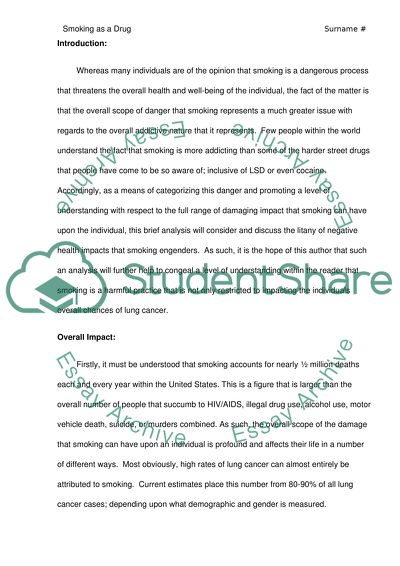Cite this document
(“Smoking as a Drug Research Paper Example | Topics and Well Written Essays - 2250 words”, n.d.)
Smoking as a Drug Research Paper Example | Topics and Well Written Essays - 2250 words. Retrieved from https://studentshare.org/english/1491355-smoking-as-a-drug
Smoking as a Drug Research Paper Example | Topics and Well Written Essays - 2250 words. Retrieved from https://studentshare.org/english/1491355-smoking-as-a-drug
(Smoking As a Drug Research Paper Example | Topics and Well Written Essays - 2250 Words)
Smoking As a Drug Research Paper Example | Topics and Well Written Essays - 2250 Words. https://studentshare.org/english/1491355-smoking-as-a-drug.
Smoking As a Drug Research Paper Example | Topics and Well Written Essays - 2250 Words. https://studentshare.org/english/1491355-smoking-as-a-drug.
“Smoking As a Drug Research Paper Example | Topics and Well Written Essays - 2250 Words”, n.d. https://studentshare.org/english/1491355-smoking-as-a-drug.


